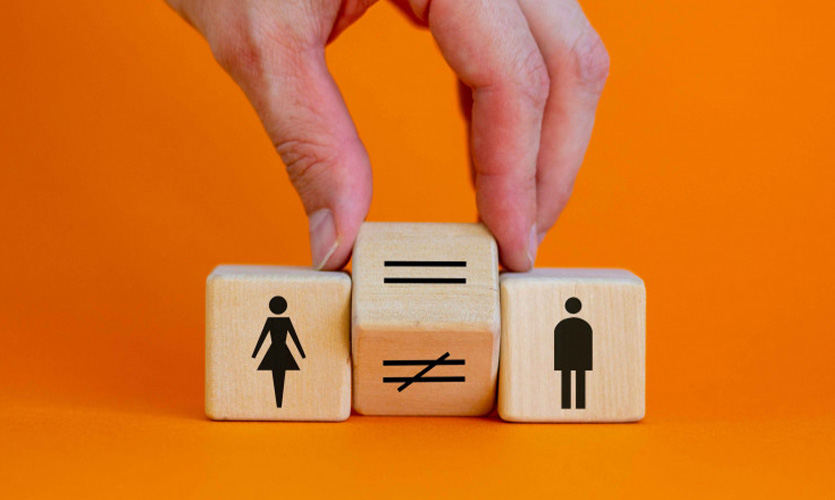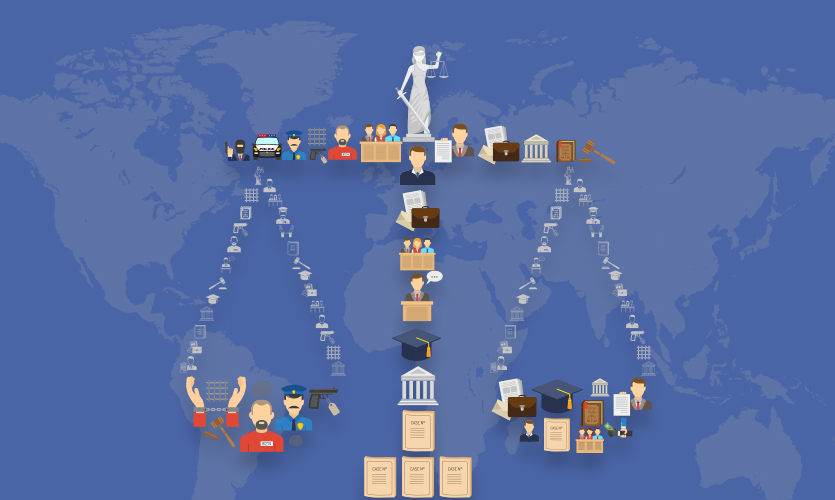The World Economic Forum’s latest Gender Gap Report showed that India improved its overall ranking in attaining gender parity in 2022, climbing five spots to reach 135 out of 146 countries. India was ranked 140 out of 156 countries in 2021.
In the Global Gender Report 2022, which includes the Gender Gap Index, the gender gap has shrunk by only four years since 2021, and has narrowed by 68.1 percent. According to the report, 132 more years will be required to achieve gender parity. Although the trends leading up to 2020 made it seem as though the gender gap would close within 100 years, it does not compensate for the generational loss between 2020 and 2021. The South Asian region will take the longest to reach gender parity, which is estimated to occur in 197 years.
According to the WEF, India’s global gender gap score has fluctuated between 0.593 and 0.683 since the index was first compiled. “With a female population of approximately 662 million, India’s level of attainment weighs heavily on regional rankings,” explained the report. With regard to Economic Participation and Opportunity, India has experienced the most significant and positive changes since 2021.
A global gender gap index benchmarks gender equality across four key dimensions – economic participation and opportunity, educational attainment, health and survival, and political empowerment. It measures scores on a scale of 0 to 100, which correspond to the percentage of the gap between men and women that have been closed, or the distance covered towards parity.
In terms of health and survival, India ranks 146 in terms of economic participation and opportunity, 107 in terms of educational attainment, and 48 in terms of political empowerment.
According to the report, India’s score of 0.629 was its seventh-highest in 16 years. Additionally, India has “recovered” ground on economic participation and opportunity since 2021, although it adds that both men’s (-9.5 percentage points) and women’s (-3 percentage points) labour force participation has shrunk. Despite both men’s and women’s values declining, the decline was greater for men, thus improving the gender parity score. The report says that India’s political empowerment score has declined because fewer women have served as heads of state over the past 50 years. Moreover, the report finds that the number of women legislators, senior officials, and managers in India increased from 14.6 percent to 17.6 percent, and the number of women who are professionals and technicians increased from 29.2 percent to 32.9 percent. This increase led to an improvement in the gender parity score for earned income.
Despite the fact that no nation attained full gender parity, the top 10 economies closed at least 80 percent of their gender disparities, with Iceland dominating the world rankings (90.8 percent). Only Iceland’s economy had a gender disparity that has been reduced by more than 90 percent. Finland (86 percent), Norway (84.5 percent) and Sweden (82.2 percent) are the other Scandinavian nations that make up the top five, with Germany (80.1 percent) and Ireland (80.4 percent) occupying the ninth and tenth spots in Europe, respectively. The top 10 also includes the sub-Saharan African nations of Rwanda (81.1 percent) and Namibia (80.7 percent), the Latin American nation of Nicaragua (81 percent) which is ranked seventh, and the East Asian and Pacific nation of New Zealand (84.1 percent) which is ranked fourth.
According to the WEF, the economic participation and opportunity sub-index improved by 1.6 percent between 2021 and 2022, mostly due to advancements for women in professional and technical occupations and a narrowing of the salary gap, despite widening gender disparities in the labour market. According to the study, the sub-index for health and survival only slightly improved from 95.7 percent to 95.8 percent, while the sub-index for educational attainment decreased from 95.2 percent to 94.44 percent, and political empowerment stagnated at 22 percent. According to the study, gender wealth discrepancies are also being produced by pay gaps over the course of a working lifetime alone.
Read more: Women Empowerment Indicators Show Marked Improvement In NFHS 5
For frontline operational employees, wealth discrepancies average 11 percent, whereas, for professionals and technical employees they average 31 percent. For senior and managerial employees, the salary difference results in an average wealth discrepancy of 38 percent. The analysis concludes that between 2021 and 2022, reported stress was 4 percent greater in women than in males, according to data from Hologic. This adds to the rising global health burden of mental and emotional illnesses, which disproportionately harms the health and well-being of women. Iceland distinguished itself as the most gender-equal nation in the world, and the only one to have reduced the gender gap by more than 90 percent for the thirteenth consecutive year.

India also does poorly among its neighbours, coming in last after Bhutan (117), Bangladesh (71), Nepal (96), Sri Lanka (110), and Maldives (126). In South Asia, only Iran, Pakistan, and Afghanistan fare worse than India (143, 145, and 146, respectively).
While the analysis indicates that at the present rates of advancement it will take 132 years to bridge the gender gap globally, it will take 155 years to do so for political empowerment, 151 years for economic participation and opportunity, and 22 years to do so for educational attainment. In light of the gender gap’s stagnant progress toward parity, the WEF stated that it is still unclear when it will be closed.










